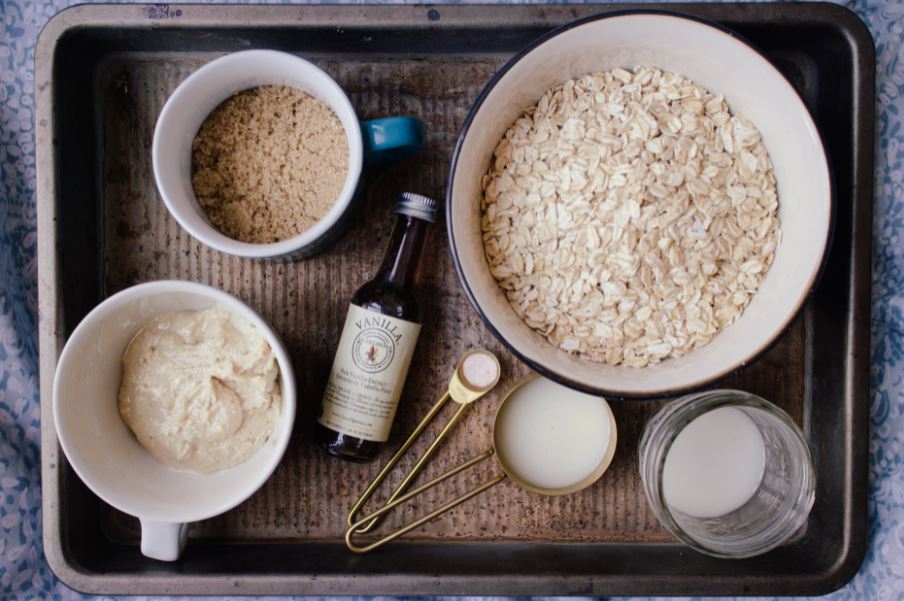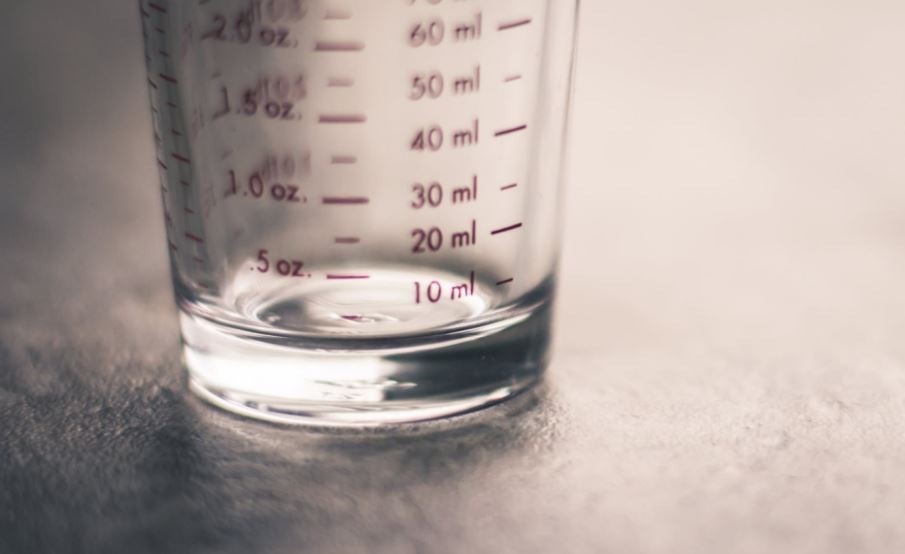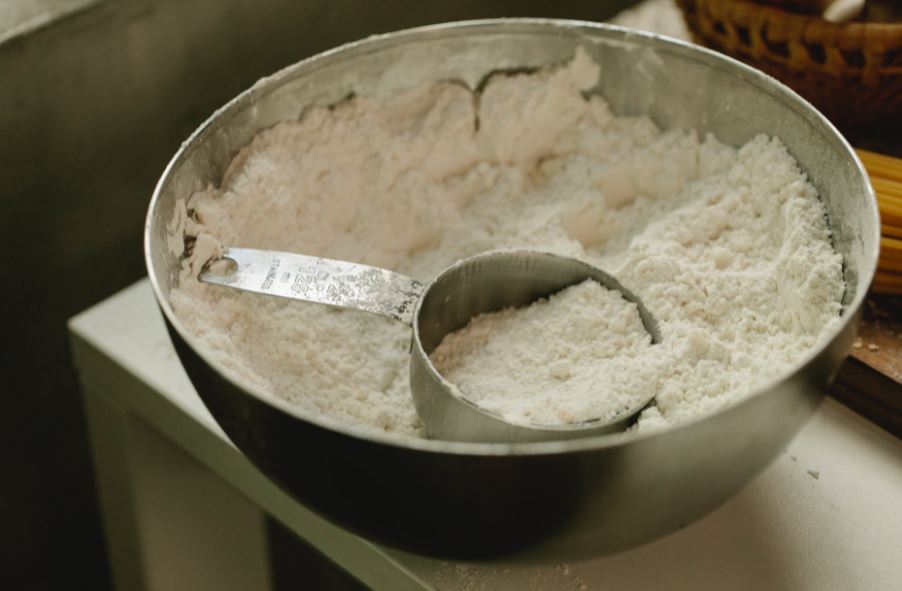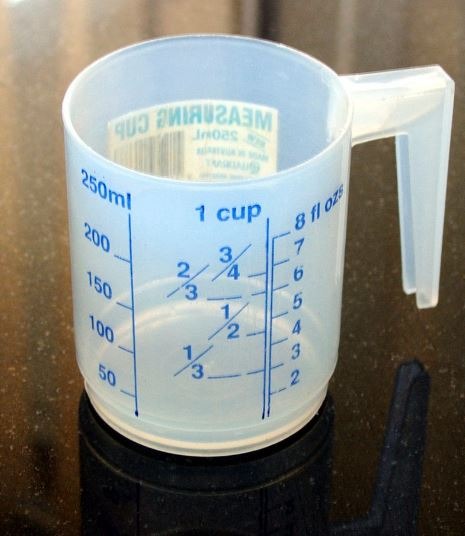If you’ve ever struggled with kitchen clutter, you may have pondered if different measuring cups for dry and wet ingredients are necessary. It would be so handy when baking a cake if you were to be using the same measuring cup for flour and milk!
However, this is not a particularly dependable approach. While both dry and liquid measuring cups carry the same volume, each is specifically designed to measure its ingredients more accurately.
Wet and Dry Measuring Cups: What’s the Difference?
Dry measuring cups should be filled to the top and then leveled with a straight edge.
On the other hand, liquid measuring cups usually include a pour spout and are designed to be filled to the side of the cup’s gradations (1/4 cup, 1/2 cup, 6 oz, and so on) to the top.
The meniscus (the bottom of the liquid’s curved surface line) should meet the measurement mark when measuring liquids. When measuring liquids in a dry cup, it’s simple to overfill the cup since the surface tension of the liquid causes it to sit slightly higher, resulting in some spillage over the cup’s sides. For liquids, it’s better to use liquid measurement cups.
Consider how flour is measured as one example. You spoon the flour into the dry measuring cup till it spills over the lip, then level it off using the backside of a knife if you know how to measure flour correctly. Water is measured by filling a spouted measuring cup with water until the meniscus (the lowest point of the slight curve seen at the water’s top) reaches the proper marking on the cup.
When you try to use cups designed for wet ingredients for dry measurements and vice versa, you’ll run into issues. Because the gradations don’t reach the top of the cup, you wouldn’t be able to level a cup of flour in a vessel made for wet components. You’d end up shaking or tapping it on the counter, causing the flour to set and the cup to hold more than the beautiful fluffy flour the recipe calls for, resulting in inaccurate proportions.
Pouring water into a cup designed for dry ingredients would fill it to the brim, causing some of it to swirl and spill as you brought it to your mixing bowl. For this reason, a cup for measuring wet components does not have marks on the tiptop!
You would still be a successful cook if you had to use one type of cup for all of your ingredients; it would just be a little more difficult. This is particularly true in baking, where exact quantities are critical—a batch of cookies will appear radically different if just a little more or less flour is used than indicated. A special adjustable measuring cup with a broad rim and indications for dry ingredients and liquids is one option to contemplate.
If you’re left with no choice and can only use one type of cup, this liquid and dry measure conversion chart may help.
All of this being said, the only way to be precise when measuring is to use a kitchen scale, so include one on your kitchen wish list.
Measuring in Ounces
One cup = 8 ounces, according to liquid measuring cups. However, they truly mean that one cup of liquid equals eight fluid ounces. The rules for dry measures are different. You can’t apply the same conversion for dry components because their weight varies.
One cup of all-purpose flour, for example, weighs 4.5 ounces and not 8 ounces. A cup of chocolate chips, on the other hand, weighs just over 6 ounces.
Measuring in Cups
There are two sorts of measuring cups: liquid measuring cups and dry measuring cups, and whatever one you use makes a difference. Liquid measuring cups measure liquids such as cooking oil, water, and yogurt, whereas dry measuring cups measure dry substances such as nuts, flour, and berries.
Plastic or glass measuring cups with a handle is the most common liquid measurement cups. They enable you to pour a drink into a cup and level it with a measurement line without spillage. On the contrary, dry measuring cups hold the proper measurement of an ingredient and should be smoothed off with a flat edge.
The measuring cup you use can have a big impact on the outcome of a dish. Making incorrect measurements in baking can entirely derail a recipe.
Using Dry Measuring Cups
Solid (dry) components like flour, oats, sugar, or baking powder are measured with dry measuring cups. They come in sets and are constructed of metal, plastic, or porcelain.
¼ cup, ⅓ cup, ½ cup, and 1 cup are the four standard measuring cup sizes. You can measure the dry ingredients for any recipe using those four cup sizes.
The Most Effective Method for Measuring Dry Ingredients
Any professional will persuade you that weighing dry ingredients requires the use of a scale. While this is valid, it is not reasonable for most measuring cup-using households. Most individuals have grown up measuring their ingredients with cups rather than weighing them, and other countries do not use the metric system, so a scale can make things even more complicated.
If you wish to be precise and utilize recipes that ask for grams or ounces, you’ll need to use a scale.
Using Liquid Measuring Cups
A liquid measuring cup determines how much liquid is required for a recipe. Liquid measurement cups are available in various materials, sizes, and shapes. In addition to ounces and milliliters, the classic liquid measuring cup features 1¼ and ⅓ cup markers.
Liquid measuring cups are designed to be filled to the measurement line with a little extra room above it so you can transfer it to your mixing bowl without spillage.
It’s also a good idea to have a few varieties of sizes of measuring cups on hand (1-cup, 2-cup, and 4-cup are the standard).
Measuring Spoons
When using a measuring spoon, it is acceptable to blend dry and wet ingredient measurements.
Plastic or metal measuring spoons come in sets of five or six spoons: 1 tablespoon, ¼ teaspoon, ½ teaspoon, 1 teaspoon, and occasionally, ⅛ teaspoon. They should be leveled and measured as well.





